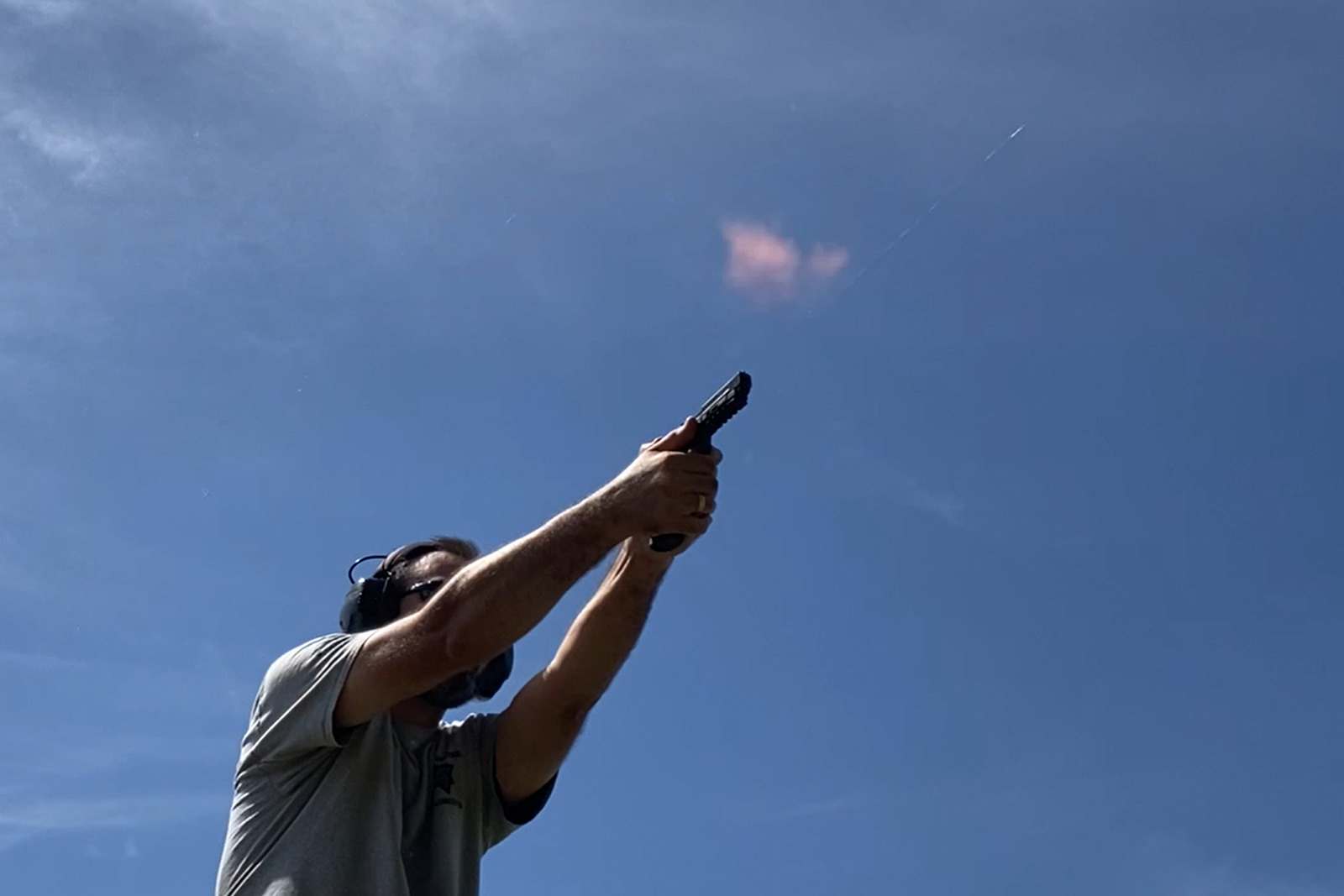I have always thought .22 magnum rimfire was an interesting caliber. Like most shooters, I have spent plenty of time shooting .22s to hone my skills. The .22 magnum offers a lot of the same advantages of the .22 long rifle with better external and terminal ballistics. Several attempts have been made over the years to create a popular semi-auto .22 magnum pistol: the Grendel P-30, the AMT Automag II, and of course recent offerings by Kel-Tec. Smith and Wesson entering this market is pretty exciting because they have the R&D resources to ensure a reliable, accurate, high-quality product.
SHOT Show 2022 and 2023 showed quite a revival of the 5.7X28mm cartridge, and S&W’s introduction of a 5.7mm version of the M&P seemed to pave the way for chambering the M&P in .22 magnum. There are some interesting mechanics involved in producing a reliable semi-auto pistol in these high-velocity, lightweight-projectile calibers. Direct-blowback actions will result in premature extraction with potential case rupture. Ruger’s discontinued 10/22 magnum featured a heavy tungsten bolt to try to overcome this issue, then they had to upgrade it with a double extractor, and (in my experience) still had various problems including bulged cases from the breach opening with the chamber still pressurized. There isn’t enough recoil to make a Browning-style action work reliably. So there needs to be some means of delaying the unlocking and extraction until after the chamber pressure drops. S&W’s work with their 5.7 M&P, and I’m guessing a lot of customer and internet feedback, led them to apply that same technology to a chambering for the less-expensive .22 magnum rimfire cartridge. It will be interesting to see if there is a follow-up .17 HMR conversion in the future.
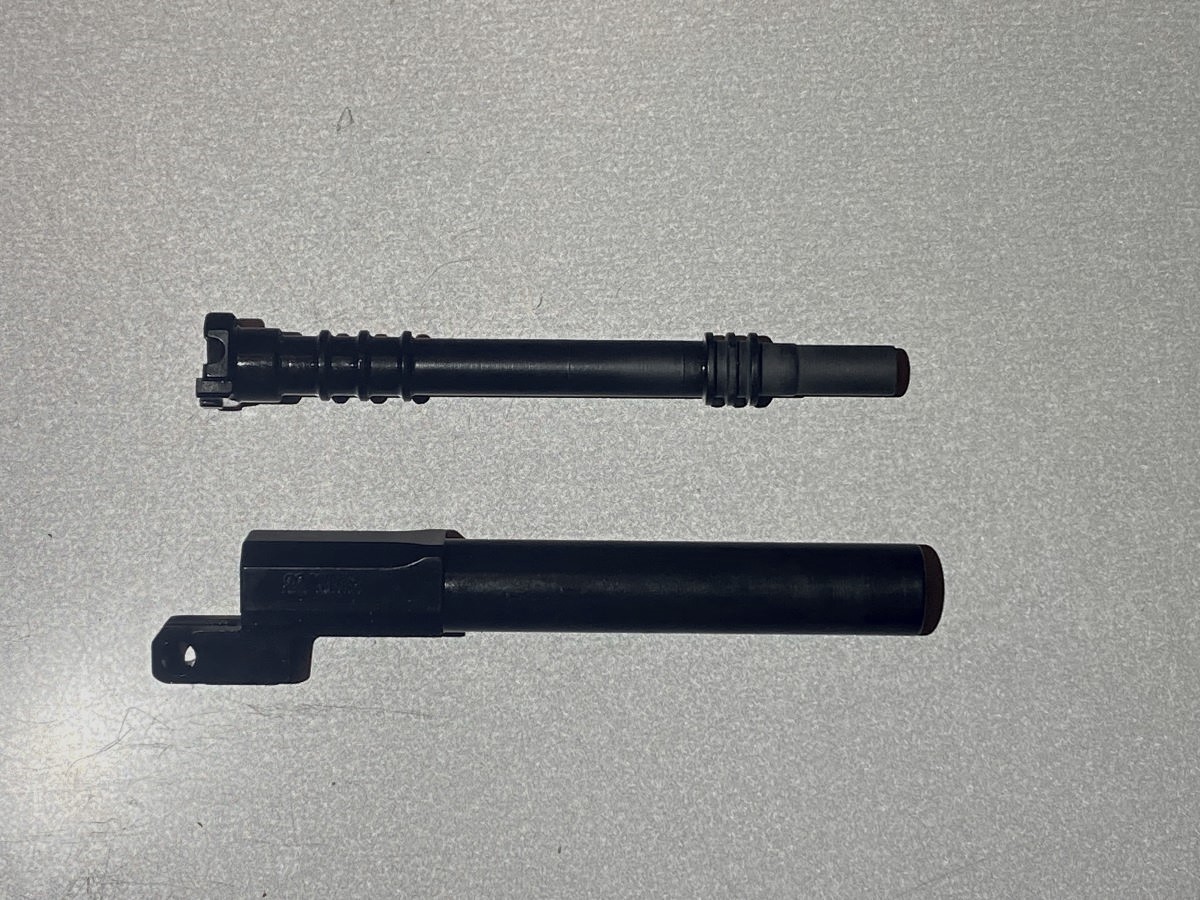
The downside of S&W’s delayed-unlocking system is I’m not sure this pistol will ever be suitable as a suppressor host. Attaching a can to the barrel liner might add too much mass and prevent correct function. Attaching the can to the barrel sleeve might result in baffle strikes and excessive back-pressure. Even if one could suppress this little fire-breather, I’m not sure the juice would be worth the squeeze.
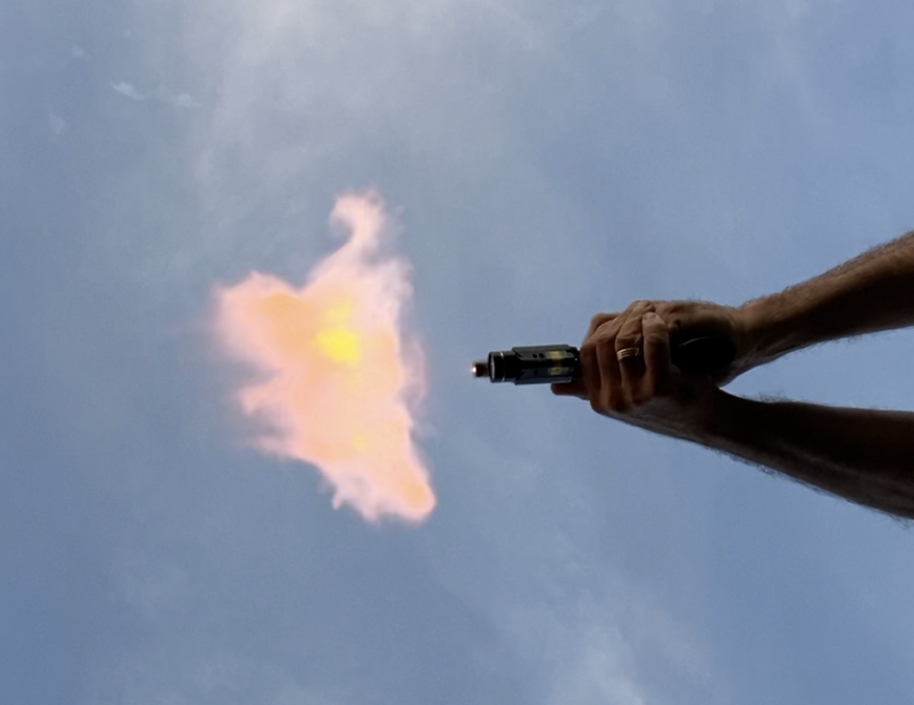
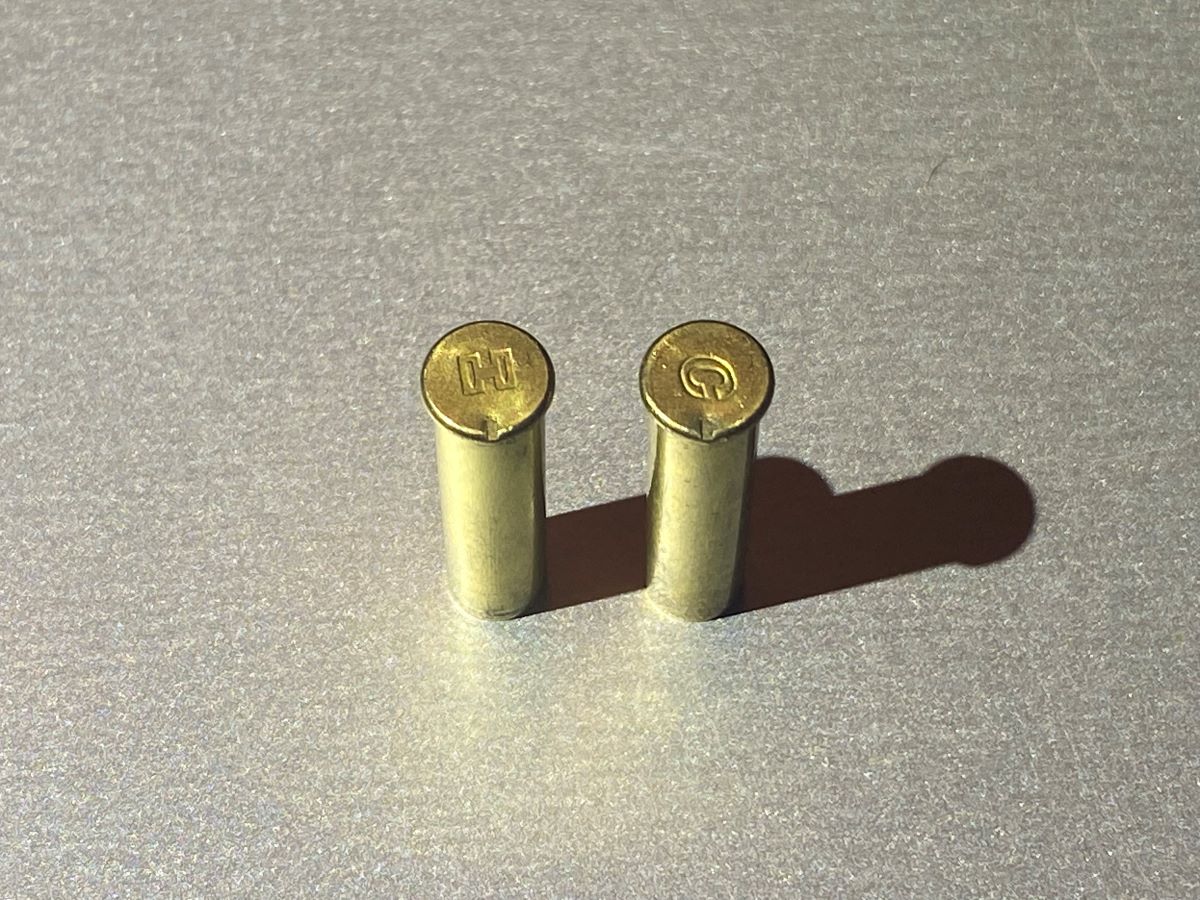
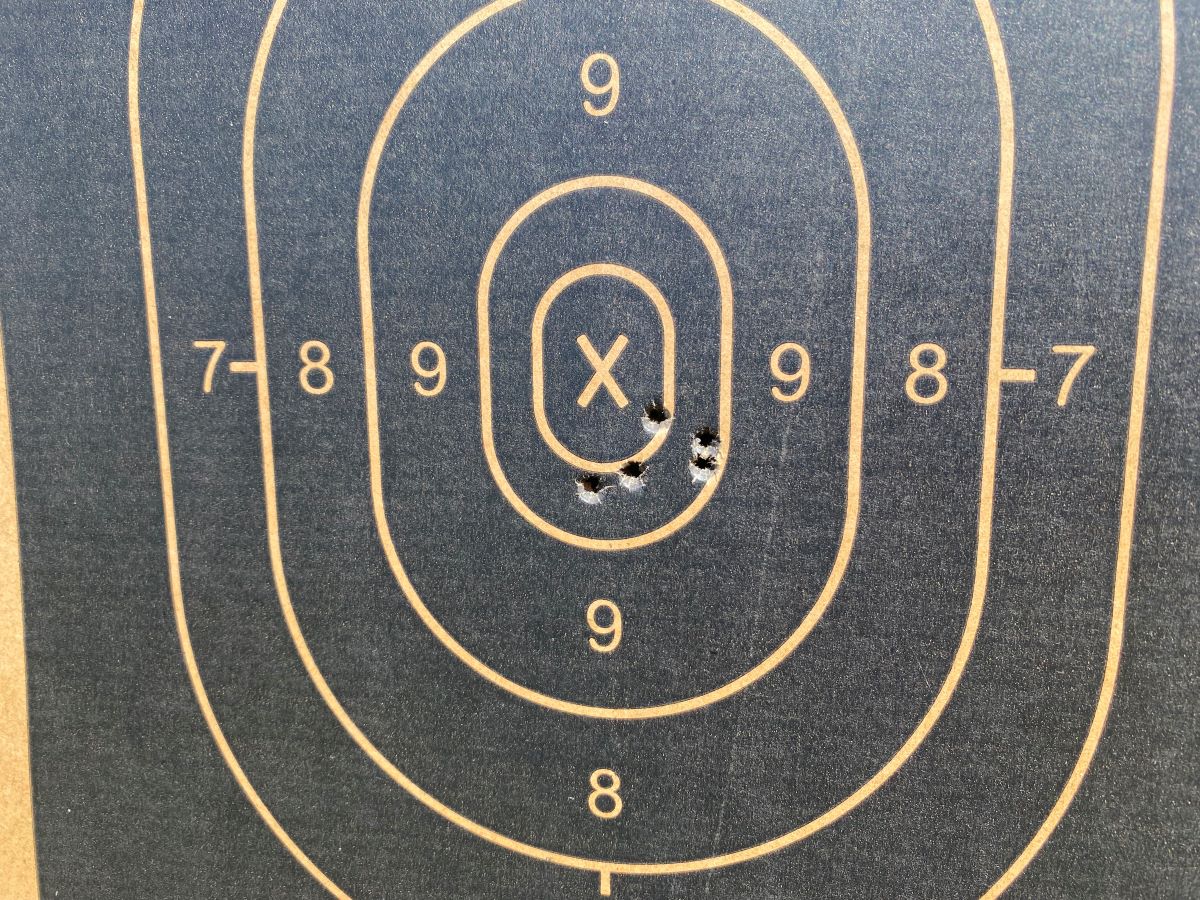
Thoughts on the M&P 22 Magnum:
I took a liking to this gun right away. As someone who carries an M&P 9mm as my CCW, I liked the ergonomics and familiar feel. Recoil is almost non-existent. The grip is basically as large as my 9mm to accommodate 30-rounds of double-stacked .22 magnum. The slide is milled from the factory for a red-dot. Trigger pull is crisp at a few ounces shy of 5-lbs. There is a Picatinny rail under the front part of the polymer frame for the attachment of lights or lasers. The factory sights include a fiber-optic front and a basic square-notch rear.
Field-stripping the M&P 22 Magnum is reminiscent of taking down an HK- USP or Browning Highpower, there is a rounded-notch in the slide that indicates where to hold it while using a punch to push a pin in the hinge of the right-side selector lever. The left side selector lever pulls out and the slide can be pulled off forward without having to pull the trigger. In fact, the striker must be cocked to remove the slide… nice safety touch.
Speaking of safety, I’m not a fan of manual or “thumb” safeties on pistols, but since this isn’t really what I would consider a carry-gun, perhaps the ambidextrous thumb safety isn’t a terrible thing. I don’t use them since nowhere in the 4 fundamental firearms safety rules does it say anything about manual safeties, and having the manual safety engaged isn’t a valid excuse for breaking any of the 4 rules… so it’s a bit redundant. That said, it does disengage easily with a light brush of the thumb.
I don’t consider the .22 magnum rimfire cartridge my first choice, or even in my top 10 really, for a self-defense cartridge, for various reasons. Lack of expansion or penetration and rimfire priming being potentially less reliable than centerfire primed cartridges are just some disadvanges this caliber has in the defensive arena. However, as a plinker, a pest-eliminator, and an all-around fun gun to shoot, I give the M&P 22 magnum top marks.
Material Disclosure
I am not bound by any written, verbal, or implied contract to give this product a good review. All opinions are my own and are based off my personal experience with the product.
Follow our WEBSITE
Follow on Instagram
Follow on WeMe
Visit our STORE
*The views and opinions expressed on this website are solely those of the original authors and contributors. These views and opinions do not necessarily represent those of Spotter Up Magazine, the administrative staff, and/or any/all contributors to this site.
